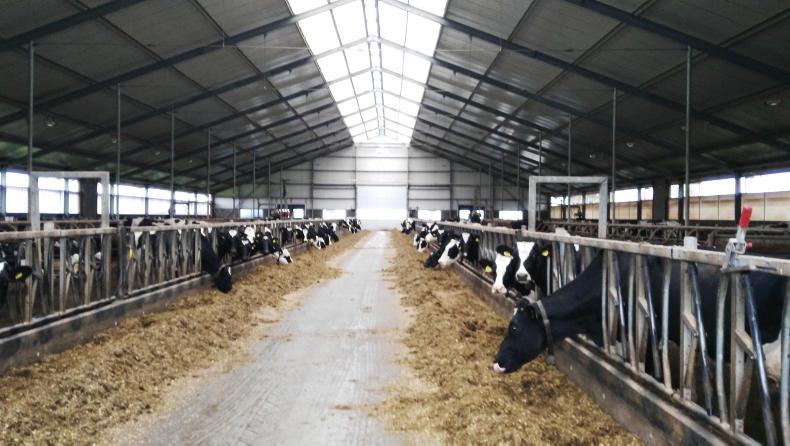Despite the European herd reducing, milk collection across the continent is expected to continue to grow this year, rising 0.6% above 2016 levels.
The European Commission has published its forecast for the dairy market in 2017/18 and it foresees further expansion in milk production.
In the first quarter of 2017, however, milk production will be down on 2016 levels, particularly because there is one less day in February, according to the report.
In 2016, milk deliveries in the EU were up 0.4% on the previous year, with strong increases in Ireland, with a rise of 4.4%.
The Netherlands and Italy also showed growth, expanding 7.5% and 3.1% respectively.
In the UK, however, there was a strong decline in milk collection, falling 4.3%. France and Belgium followed the same trend.
Prices
Last year, the price for raw milk in the EU gained more than €7/100kg in the five months, and by December this reached €33.05/100kg. This was 8% above 2015 and close to the 2011-2015 average milk price.
The price rise was not as strong in some countries, particularly the UK, where the December quotation in euros was still below the figure for 2015. This was due partly to the currency devaluation.
A number of factors are expected to have an impact on milk and dairy prices this year, including the increasing milk supply in the US, a likely recovery in milk collection in New Zealand and accumulated SMP stocks.
The bigger dairy herd at the end of 2016 means also means a potential increase in milk production.
The number of dairy cows across the EU was estimated to be 23.3m heads. The number of heifers fell 1% in Europe while the drop was significantly bigger in member states, including Ireland and the UK.
Dairy commodities
The EU dairy market in 2016 was characterised by a dynamic consumption of cheese, butter and WWP according to the EU Commission.
Strong export and domestic demand meant cheese prices reached the historic levels of 2011-2015 in February 2017, at €2,740/t for cheddar.
In 2016, cheese exports reached 800 000t, 11% above 2015. The main increases were recorded in Japan, Saudi Arabia, South Korea and Australia. Cheese exports could see a further rise of 3% this year also.
Butter also saw strong demand from the US and domestically, driving up prices. SMP stocks will limit price increases and the price in February was 21% lower than 2011-2015 levels.
Meanwhile, WMP production was up nearly 4% compared with 2015 and domestic use is expected lead a small increase in production.
Nearly 44,000 EU farmers reduce milk production by 800m litres
